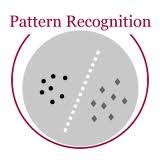Scoliosis is a three-dimensional spinal deformity, which may lead to abnormal morphologies, such as thoracic deformity, and pelvic tilt. Severe patients may suffer from nerve damage and urinary abnormalities. At present, the number of scoliosis patients in primary and secondary schools has exceeded five million in China, the incidence rate is about 3% to 5% which is growing every year. The research on scoliosis, therefore, has important clinical value. This paper systematically introduces computer-assisted scoliosis screening and diagnosis as well as analyzes the advantages and limitations of different algorithm models in the current issue field. Moreover, the paper also discusses the current development bottlenecks in this field and looks forward to future development trends.
翻译:暂无翻译




